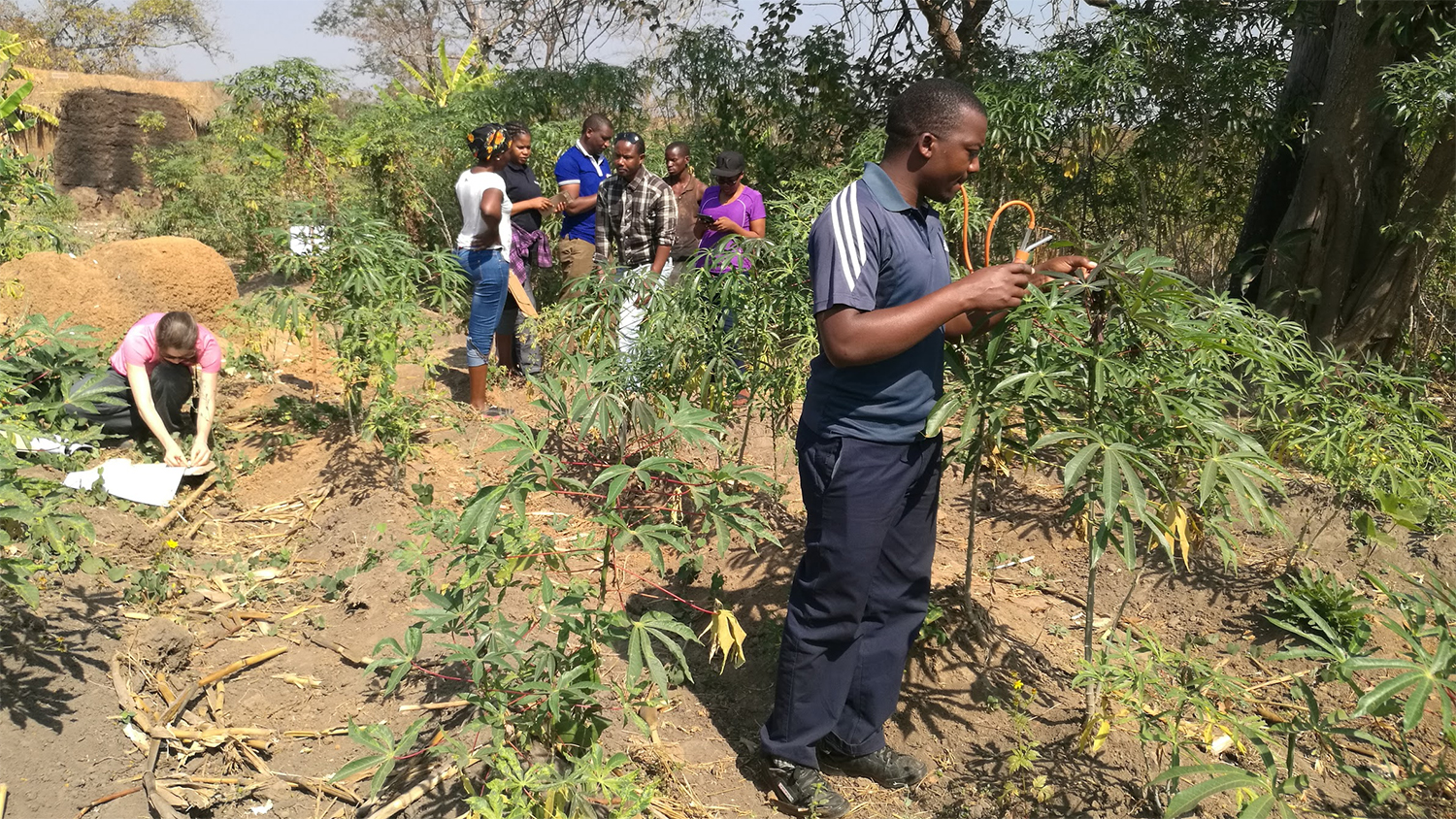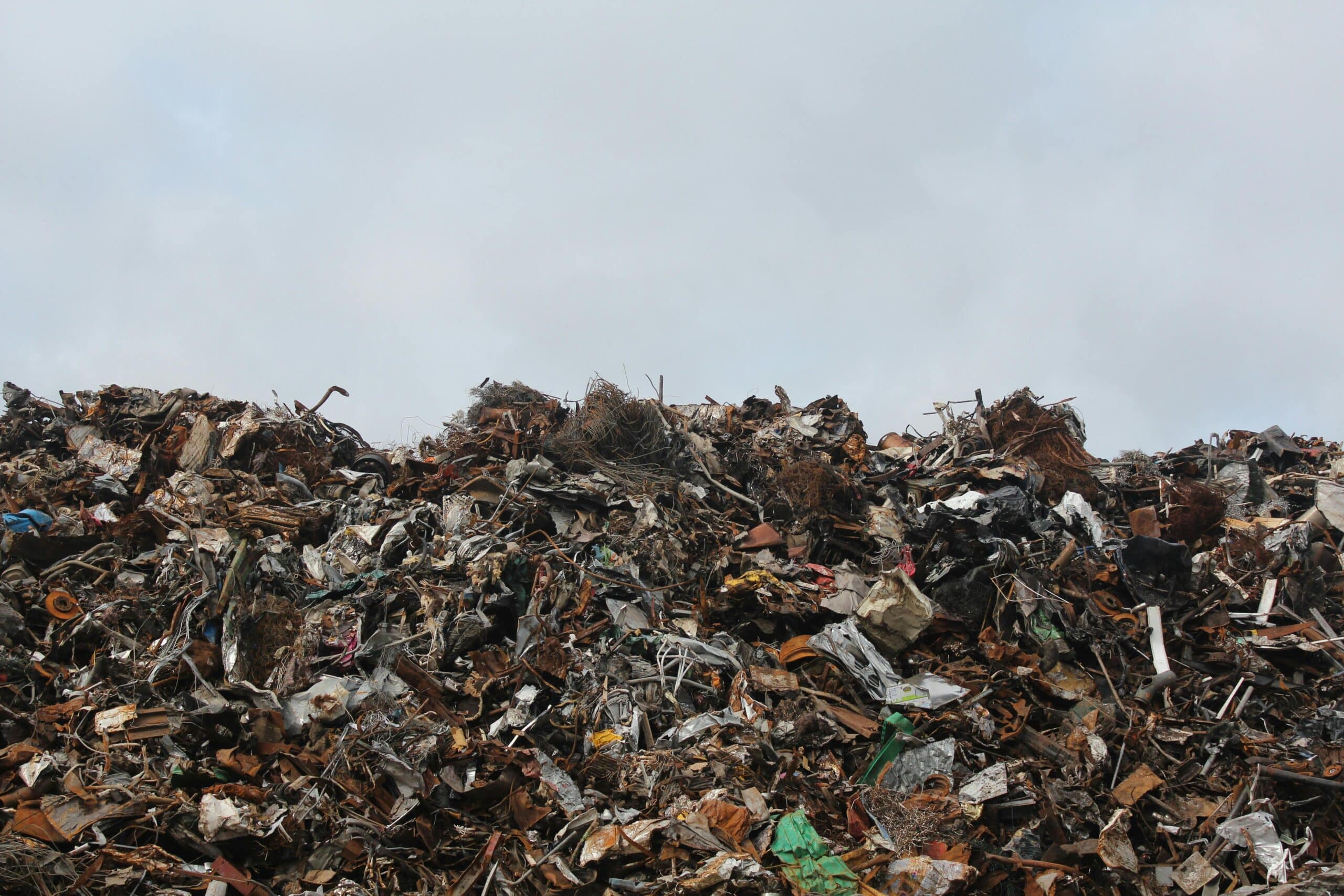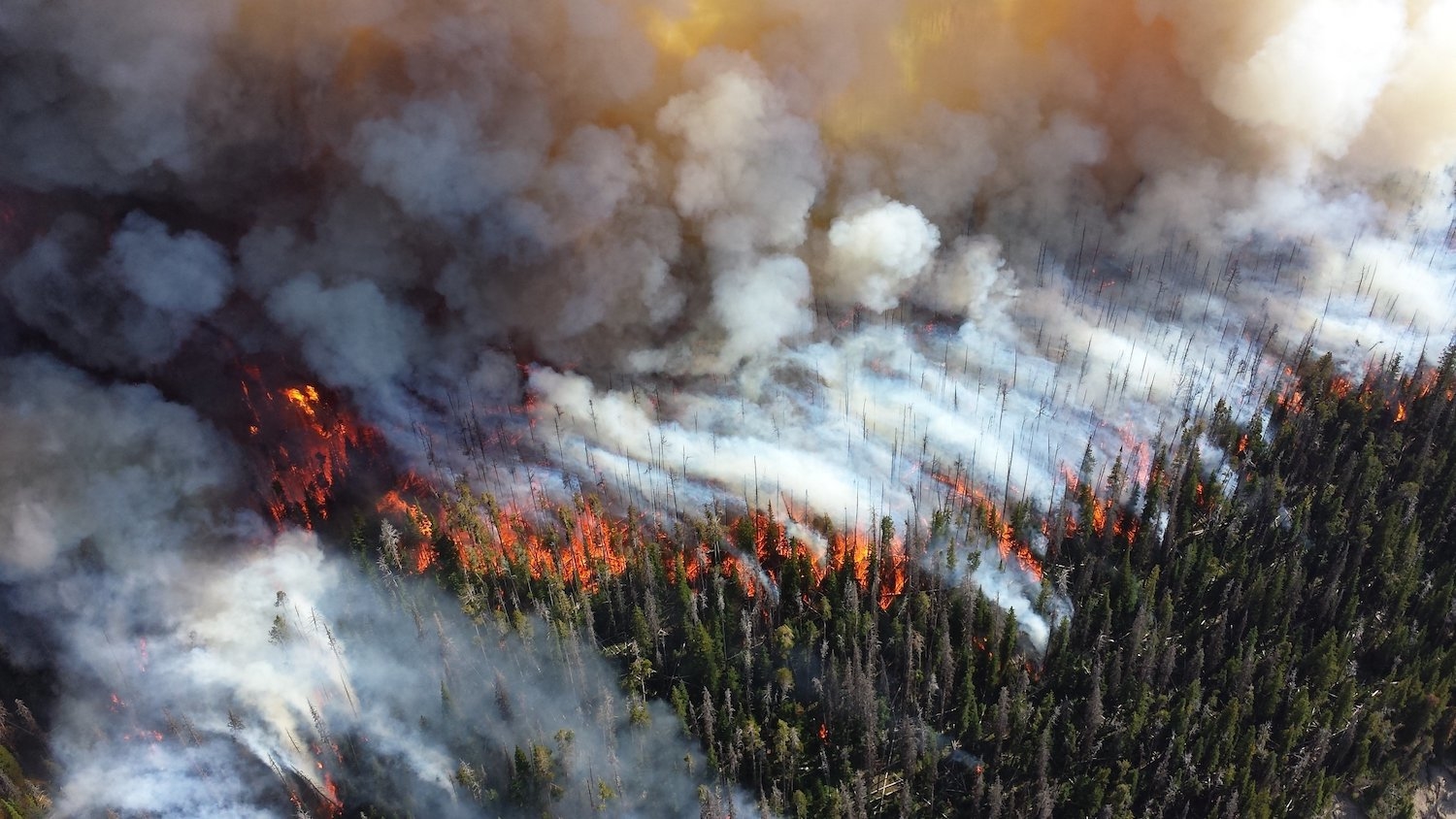Notes from Tanzania: Reflections from the Field and Next Steps

Editor’s Note: This is a guest post by Catherine Doyle, a graduate student in NC State’s Department of Plant and Microbial Biology. Doyle spent several weeks in Tanzania, doing field work related to a research effort aimed at tackling a disease that threatens the livelihood of people throughout sub-Saharan Africa. You can read other posts related to her work in Africa here.
I just arrived back at NC State this week and wanted to share some final reflections from the field and where we are headed next. Overall we traveled 3,264 miles in 14 days and collected samples from 48 fields in the beautiful southern highlands of Tanzania. It was both exhausting and life-changing. Looking back, here are the key points I learned scientifically and culturally.
- Cassava Mosaic Disease (CMD) is a complex and significant problem for food security in Tanzania. The severity and extent of CMD is devastating. Just as the farmers in the villages worked together and shared resources, different kinds of scientists, government agencies and local and international organizations will need to collaborate to find a solution to CMD.
- As scientists, we have a lot to learn about how CMD works and spreads. Basic research is needed for outreach efforts in local villages to be effective.
- Seeing CMD in the field is important. It changed my perspective as a scientist on how to ask better questions about it. Situations in a laboratory setting are not the same. Experiencing situations in the field firsthand will help scientists make a larger impact on CMD.
- Farmers are willing to listen and want to learn how they can improve their crop yield. We need more demo plots in more areas and larger distribution of clean cassava plants to farmers.
- You can never underestimate the value of listening to the needs of others. Solutions come from listening and understanding different perspectives.
As I continue my PhD at NC State, I will study how CMD is changing over time and the ways in which it evolves. Now I have a new reason to go to work every day. Every time I think about cassava and CMD, I picture the farmers’ faces as they learned about the disease and realized their crop was destroyed and there was nothing they could do. Any effort to move us closer to a solution or durable disease resistance is worth the fight, no matter how small.
- Categories:


